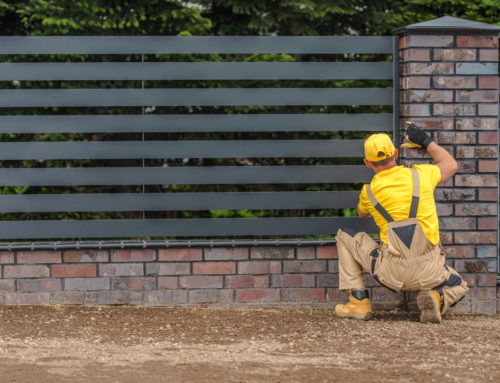Fences are a common feature in many properties, serving various purposes, from providing security and privacy to enhancing the aesthetics of the property. However, while designing and constructing a fence, there are several considerations to keep in mind to ensure that the fence serves its intended purpose and meets local regulations. In this article, we’ll discuss the dos and don’ts of fence design to help you create a fence that meets your needs and local requirements.
Dos of Fence Design:
- Consider the Purpose of the Fence
Before you design your fence, you need to determine its purpose. Do you want a fence for privacy, security, decoration, or to keep pets and children safe? Once you identify the primary function of the fence, it will be easier to choose the right materials, style, and height. For instance, a privacy fence would require a solid material like wood, while a decorative fence can use wrought iron or vinyl.
2. Research Local Regulations
Each city or municipality has its own rules and regulations regarding fence construction, height, and design. Some neighborhoods have strict requirements on the type, height, and placement of fences. You don’t want to invest time and money into a fence that violates local codes, so ensure you research the regulations before starting your project. Also, check with your homeowner’s association, as they may have specific guidelines to follow.
3. Choose the Right Material
Fences come in various materials, including wood, vinyl, chain-link, aluminum, wrought iron, and more. Each material has its unique features, such as durability, maintenance, and aesthetic appeal. Wood is a popular option for its natural look, but it requires regular maintenance. Vinyl is durable and low-maintenance but may not be suitable for extreme temperatures. Chain-link fences are affordable, durable, and easy to install but may not be as attractive as other materials. Consider your budget, style, and maintenance preferences when choosing the right material.
4. Determine the Right Height
The height of your fence depends on its intended purpose and local regulations. If you want a privacy fence, you’ll need a higher fence than a decorative one. Also, if you have a pool in your backyard, you may need a fence that is at least four feet high to comply with safety regulations. Ensure you research the height regulations in your area before installing your fence.
5. Choose the Right Style
Fences come in different styles, from traditional picket fences to modern steel designs. The style you choose should complement your property’s architecture and your personal taste. Consider the color, shape, and pattern of your fence to match your home’s design. You can also add decorative features like post caps, lattice work, or finials to enhance the appearance of your fence.
Don’ts of Fence Design:
- Don’t Skimp on Quality
Investing in a quality fence is essential to ensure its durability and longevity. Cheaper materials may save you money in the short term, but they may not withstand harsh weather conditions or constant wear and tear. Choose a material that is strong and durable enough to withstand the elements and everyday use. Quality fences can last for decades and can be an excellent investment for your property.
2. Don’t Ignore Maintenance
All fences require maintenance, regardless of the material used. Neglecting fence maintenance can result in rot, rust, and other forms of damage that may require costly repairs. Wooden fences need regular cleaning, staining, and sealing, while metal fences may require rust treatment and painting. Ensure you research the maintenance requirements of your chosen material and budget for regular upkeep.




